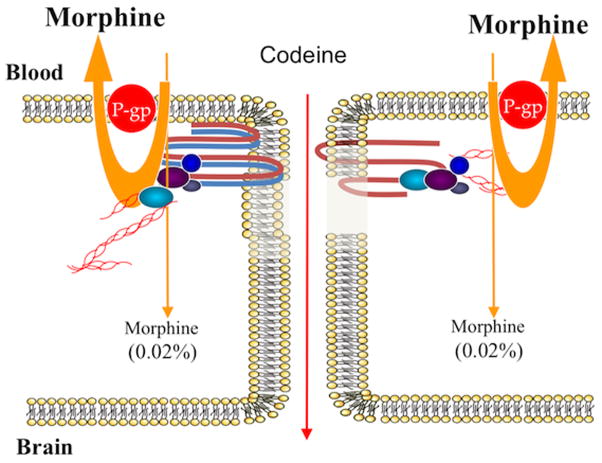Figure 3. P-glycoprotein transporter – can it be targeted?
Although preclinical evidence suggests that P-glycoprotein transport activity can be modulated with small molecule inhibitors, clinical evidence indicates that this approach cannot work. Use of small molecule inhibitors to block P-glycoprotein in clinical settings has resulted in significant toxicity associated with increased deposition of drug in peripheral tissues or due to high concentrations of the inhibitor itself. Morphine is a good example of the perils of blocking P-glycoprotein to increase drug delivery to the brain. In the setting of functional P-glycoprotein, only 0.02% of systemic morphine is able to permeate the blood-brain barrier. Blockade of P-glycoprotein at the blood-brain barrier would significantly increase this amount and lead to clinically significant adverse drug reactions (i.e., seizures).

